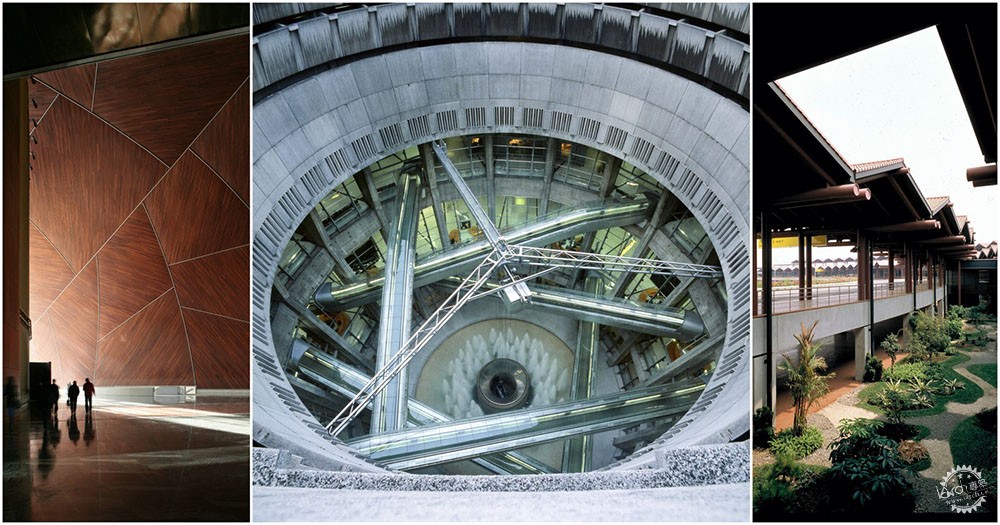
保罗安德鲁:“我只中意与采用我的理念的建筑项目,否则,我是不会感兴趣的。”
Paul Andreu: "I Would Only Take On a Project if the Ideas Were Mine. Otherwise, I Am Not Interested."
由专筑网芮万里,韩平编译
40年来,保罗安德鲁是世界上最著名的机场设计专家之一。
在千禧年到来之前,他指出未来的建筑历史学家可能会考虑将20世纪90年代作为“机场航站楼的时代”。
但是在不久之后,他离开了机场设计的舞台,将目光转向了其他的大型项目,其中有许多是在中国。
在本次Vladimir Belogolovsky的“城市理念”系列专访中,安德鲁解释了为什么他会做出那样的转变并且将会分享他关于优秀的建筑是怎样设计和建成的一些想法——他说这往往更多取决于不要告诉你的客户太多,多去自己动手做。
保罗安德鲁:在我们开始之前,我必须要解释一些事情。我是一名建筑师和工程师。在很长的一段时间里,我不是一个独立的建筑师,但是我一直在工作,在之后Aéroports de Paris Ingénierie(ADPi)的机场工作中作为主要负责人,它是Aéroports de Paris (ADP)旗下的一个子公司。这个公共机构不仅负责规划,设计和运营巴黎当地的三个机场,而且也包括世界各地的机场项目以及大规模的建筑项目。首先,我们在法国设计了机场,之后是在中东和非洲,然后是在中国和整个亚洲,在这之后,我们开始发展世界其他地方的项目。大多数时候,我们开发的项目贯穿从各种概念到建设的整个过程;虽然有一次我们仅仅为关西机场做了概念方案,它的概念是在大阪湾修建一个特殊的岛屿。正如你所知道的那样,它是由伦佐皮亚诺设计的并且在功能和动线方面咨询了我。
For 40 years, Paul Andreu was among the world's foremost airport design experts.
Reflecting on this before the turn of the millennium, he stated that architectural historians of the future might consider the 1990s as “the age of the air terminal.”
But shortly after this, he left the arena of airport design to focus on other large projects, many of them in China.
In this interview, the latest of Vladimir Belogolovsky's “City of Ideas” series, Andreu explains why he made the switch and shares his thoughts on how good architecture is made—saying it often depends more on what you don't tell your client than what you do.
Paul Andreu: Before we start, I must explain something. I am an architect and engineer. For a long time I was not an independent architect but worked at and then was the head of airport works at Aéroports de Paris Ingénierie or ADPi, a subsidiary of Aéroports de Paris (ADP). This public establishment is not only in charge of the planning, design, and operation of three Paris-region airports, but is also involved in airport works all around the world, as well as other large-scale architectural projects. First, we did airports in France, then in the Middle East and Africa, then in China and all over Asia, and then we developed projects in other parts of the world. Most of the time we developed our projects from concept all the way through construction; although once we did just the concept for Kansai airport on a specially built island in the Bay of Osaka. As you know, it was designed by Renzo Piano and I consulted for him on function and circulation aspects.

中国,北京,国家大剧院1999—2007/National Centre for the Performing Arts (Opéra de Pékin), Beijing, China, 1999-2007. Image © Paul Maurer
Vladimir Belogolovsky:ADPi的规模有多大,并且你是什么时候又是什么原因使你离开它开始你现在的工作?
PA:我从1964年就一直在那里,从当年的查尔斯戴高乐机场一直到北京2000年的国家大剧院。在当时,我手下有400人为我工作。直到20世纪80年代,那是一个非常激进的时代,因为我们需要不断地对新的模式做出反应,面对更大的交通,新的需求等等。在当时的美国和欧洲也迸发出新的思想。之后,我开始对眼前的忙碌感到了一丝无趣并且感觉到现在正是自己独自面对新的挑战的时机,因此,在我63岁的时候,我选择离开了ADPi,开始了我现在的工作。
VB:在现在的巴黎,乘坐飞机的人是不可能错过你的作品的。就像你刚刚提及的那样,你设计了巴黎最主要的三个机场。在你的职业生涯,你设计了多少个机场并且机场项目和你其他项目相比,所占的比重是多少?
PA:我想说在最开始的20年,我一直都在设计机场。然后,我所做的项目中,有80%都是机场项目,其他大型项目只有20%。这些年,我在全世界至少设计了60座航站楼,已经修建的大约有25座。但是,自从2000年后,我再也没有做过机场的项目了。我之所以开始自己的工作,是因为中国为我提供了大量的机会,这是一个很现实的原因。我们大部分的工作转移到了中国,并且我们开始做各种各样大型的公建项目。这对于成为一名独立的建筑师而言是一个绝佳的机会。我在巴黎建立自己新的工作室,工作室里有20-25人,并且我们总是同中国的建筑师一起合作。现在,我拥有不同的商业模式,一旦我接手了大型的项目,我也会把它带给我的合作伙伴。
Vladimir Belogolovsky: How big is ADPi, and when and why did you leave it to form your current practice?
PA: I was there from 1964, the year when the design for Charles de Gaulle Airport started, until we did the National Centre for the Performing Arts in Beijing in 2000. By that time, I had 400 people under me. Up until the 1980s it was a very exciting time because we constantly had to react to the new scale, bigger traffic, new demands, and so on. There were new ideas in the US and in Europe. Then I was getting a bit bored and felt that it was the right time to face new challenges professionally, so at the age of 63 I left to start my own practice.
VB: Here in Paris, it is impossible to miss your work for those who come by air. As you mentioned, you designed all three major Parisian airports. How many airports have you designed over your career and what is the percentage of your airport work to other projects?
PA: I would say that for the first 20 years I did airports only. Then it was about 80 percent airports and 20 percent other large public projects. Over the years, I designed at least 60 airport terminals and about 25 were built all over the world. But since 2000, I have not worked on airports at all. The reason I started my practice was also due to the fact that since we went to China so many opportunities opened up. Most of our work shifted there and we did all kinds of large public projects. It was a good opportunity to become an independent architect. I established my new office here in Paris with 20-25 people and we always had associate architects in China. Now I have a different business model; once I have a large project I bring in collaborators.
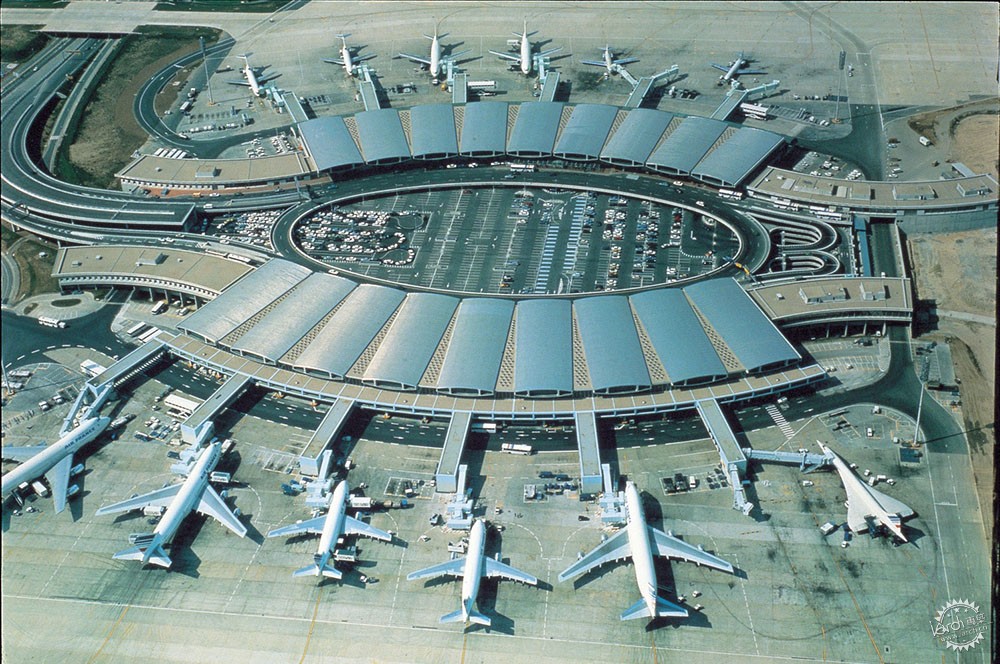
巴黎,Charles-de-Gaulle机场,第二航站楼,A和B模块,1972-1982 /Charles-de-Gaulle airport, Terminal II, modules A & B, Paris, 1972-1982. Image © Labo ADP
VB:你觉得成为某种特定类型项目的专家对于建筑师而言重要吗?
PA:既重要也不重要......最好的建筑的产生是你能够重塑某一个概念而不是仅仅去包装它。在我生涯起步的时候,能够从事机场方面的设计对我来说是非常棒的经历。在那个时候,随着机场持续的发展和改变,我们也再不断尝试新的想法。对我来说也是这样,作为一个专家,也应该尽可能地开放自己的大脑以想出更多新的概念。同时,专家的身份也使我有机会将一个项目始至终的做下来,一直到最后的室内细节。我相信建筑是一个整体并且我喜欢什么都亲力亲为。
VB:你在60年代中期的时候就这么的了解机场吗?
PA:因为现在的一切都是如此的新鲜。是过去所不能及的。最初的商用机场开始出现于20世纪20年代。因此截止到2000年,我从事机场方面的工作接近40年,是机场出现时间的一半多,并且在我开始工作的时候,它也真正开始发展和产生戏剧性的改变。然而,现在的机场不会再发生改变,它们只是在规模上变大,但始终没有出现新的设计理念。并且不幸的是,现如今有如此多看起来不同类型的建筑因为商业购物而聚合在一起。有太多的项目变得非常商业化。现在有机场版本的购物商城,火车站版本的购物商城,博物馆版本的购物商城......所有的一切都变成了商业中心。
VB: Do you think it is important for architects to specialize in a particular type of architecture?
PA: Yes and no... The best architecture happens when you can reinvent a concept and not just work on packaging things. When I started, it was a great time for airports. Back then you could do that, we constantly experimented with new ideas, as airports were constantly growing and changing. So for me, being a specialist opened possibilities to imagine new concepts. And being a specialist gave me the opportunity to do projects from the beginning to end, all the way to the last interior detail. I believe a building is a unity and I like to do everything.
VB: There was so much to learn about airports when you started in the mid-60s.
PA: Because everything was so new. There was no past. The very first commercial airports started to appear in the 1920s. So by 2000, working on airports for almost 40 years, I was involved in designing this building type for half of its existence, and it really started to grow and change dramatically right at the time when I started. Airports no longer change; they just grow in size; there is no new concept. And, unfortunately, now many seemingly different building types converge around shopping experience. So many projects have become very commercial. There are airport versions of commercial malls, railway station versions, museum versions... Everything is a commercial center.

巴黎,查尔斯戴高乐机场,第一航站楼,1967-1974 /Charles-de-Gaulle airport, Terminal 1, Paris, 1967-1974. Image © Paul Maurer
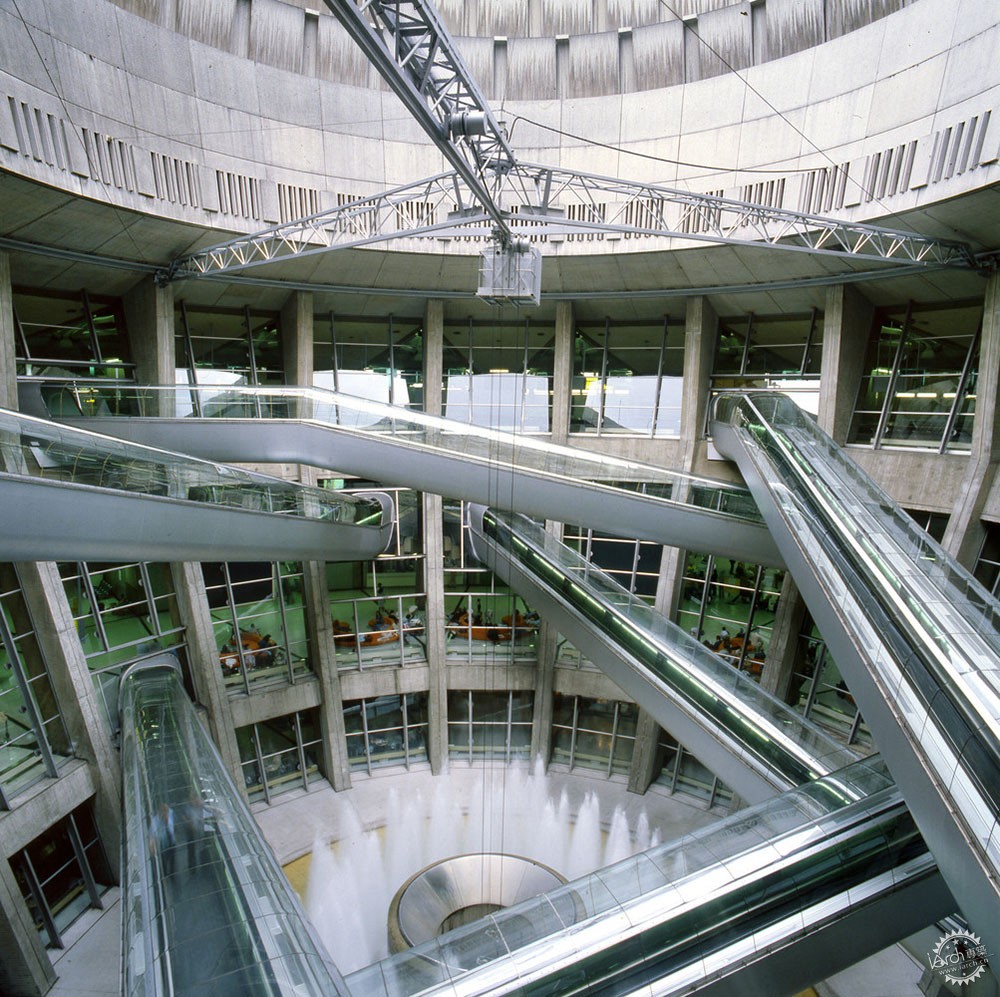
法国,查尔斯戴高乐机场,第一航站楼/Charles-de-Gaulle airport, Terminal 1, Paris, 1967-1974. Image © Paul Maurer
VB:除了设计如此多的机场,你也设计了剧院,歌剧院,酒店以及其他大型综合体。你有没有设计过住宅或者其他小型的项目或者作品?
PA:我记得我做过最小的项目是在非洲的小型机场。但是我确实做过其他的小项目,例如两栋住宅——一个是我在完成学业时为我的父亲设计的。不过他更加信任我的承包商。(笑)。第二栋住宅是为我法国南部的一个朋友设计的。最近,我设计了一个公寓大楼,但是有太多的规范,我没有太多的自由空间进行发挥......也并没有利用建筑的方式去解决问题。我同时也设计过一些商店。我为加尼尔歌剧院设计过芭蕾舞台,以及为贝克特戏剧设计的一个非常简单的剧院。我同样也设计灯具,并且我还会画一些反映我工作的抽象画以及偶尔写一些小说。
VB:太神奇了。你怎么会有时间去画画,做一些剧院的设计以及写一些小说,当你在中国项目做到一半的时候?
PA:我现在确实有大量的时间......你在这看见的所有人都不是为我工作的。所有的这些建筑师都来自独立的工作室并且只会在我有项目时我们才会在一起合作.......在2004年5月发生了一场意外,在查尔斯戴高乐机场2E航站楼的一块屋顶崩塌,造成了四人死亡。这令我非常震惊。我没有为这一事故的错误负责,因为它是结构上的错误导致的,但是我当时的一个主要项目也受到影响,这是一个在澳门的娱乐酒店综合体,我不得不解散了我所有的职员,大约有25人。在那一刻,我想我也许要完全放弃建筑了,但是最终,我决定坚持下来并且减小了我工作室的运营规模。不管怎么样,现在,在中国的工作量已经有所减少;我已经78岁了.......我不会离开建筑行业,但是建筑貌似在远离我。(笑)这就是为什么我现在有那么多时间干别的事情。
VB: In addition to many airports, you have also designed theaters, operas, hotels, and other grand complexes. Have you designed houses or other small projects or objects?
PA: I think the smallest projects I’ve done are small airports in Africa. But I did do other small projects such as two houses—one for my father when I just finished my studies. He had more confidence in my contractor than in me. [Laughs.] And the second house I did in the South of France for a friend. Recently, I did an apartment building, but there are so many rules and little freedom... Solving a problem is not the way to do architecture. I also did some shops. I did stage designs for ballet at the Opera Garnier, and very simple theater designs for Beckett plays. I also designed light fixtures and I do some abstract painting and writing, which are reflections on my work, and occasional novels.
VB: Amazing. When do you have time for painting, theater design, and writing novels, when you are building half of China...?
PA: Now I have plenty of time... Well, all the people you see here are not mine. All these architects are from an independent office and only when I have work we collaborate... There was a major accident in May 2004 when a portion of the roof collapsed at the Terminal 2E at Charles de Gaulle Airport, killing four people. It was such a huge shock. I was not charged with any wrongdoing, as it was a structural failure, but my major project at the time, a large casino and hotel complex in Macao was put on hold and I had to let go of my entire staff, about 25 people. At that moment, I thought I would quit architecture completely, but finally, I decided to stay and reduced the scale of my operation. Anyway, there is less work now in China; I am 78... I am not leaving architecture, but architecture is taking a leave. [Laughs.] That’s why I am acting more now in the other sectors.
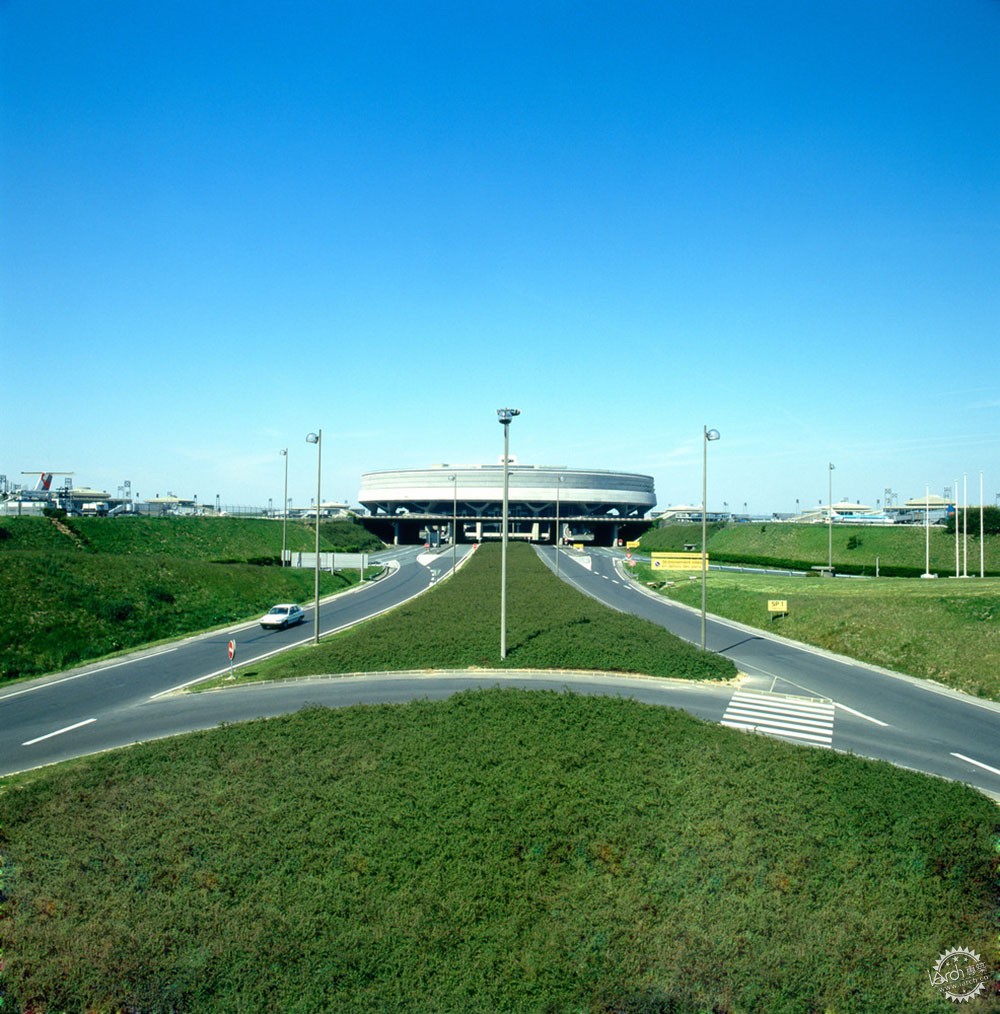
巴黎,查尔斯戴高乐机场 ,第一航站楼,19967-1974/Charles-de-Gaulle airport, Terminal 1, Paris, 1967-1974. Image © Paul Maurer
VB:你现在喜欢接什么样的项目?
PA:我现在会更少的进行妥协和让步。我仅仅只选择能贯彻我的理念的建筑项目。否则,我就没有太多的兴趣。同时,我也只会对自己的项目有青睐。如果你询问我对其他建筑师的意见,我很难给出我的看法和建议。因为我必须确保我从项目的最初就参与进来,并且我自己要参与整个过程,因为项目的进展是很缓慢的。我的建议就是你必须先行动起来再进行思考,不要先思考再行动。这与我们所接受的教育相反。你如何能够去评价其他人的项目?首先,你要怀着问题,然后面对问题,然后从一个想法再到另一个想法。如果你不那样做,你怎么能够知道你的想法会比我的更好?你必须走进问题之中,并且有所行动。你需要对你感兴趣的地方多加提问,并且有所收获,而不是只是为了解决问题。解决方案是被创造出来的,而不是单单靠解答。
VB: What kind of project would you like to work on now?
PA: I am less compromising now. I would only take on a project if the ideas were mine. Otherwise, I am not interested. And I am only wise about my own projects. If you ask for my opinion about other architects’ projects, it would be hard for me to give advice. To know for sure I have to be involved from the very beginning and I have to go through the whole process myself because projects evolve slowly. I am of the opinion that you must act and then think, not think and then act. It is the opposite of what we are taught. How can you have an opinion on someone else’s project? First, you have to have a problem, confront it, and then work on it from one idea to the next. If you don’t do that, how do you know that your idea is better than mine? You have to be inside the problem, you have to be active about it. And to achieve something interesting you have to ask questions and not just solve a problem. Solutions have to be invented, not solved.
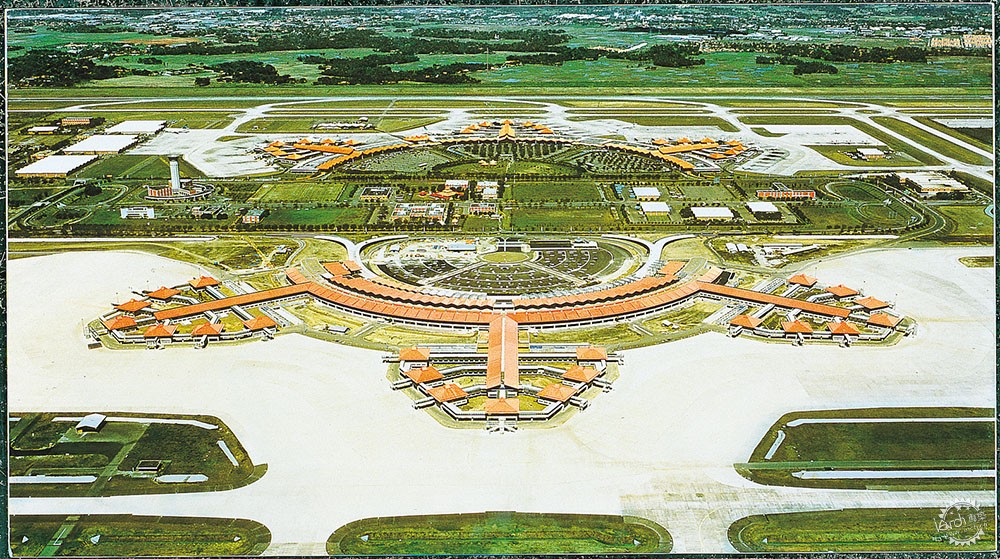
印度尼西亚,苏加诺哈达,雅加达新机场,1977-1985/New airport of Jakarta, Sukarno-Hatta, Indonesia, 1977-1985. Image © Labo ADP
VB:从乘客的角度来看,什么才算是好的机场?
PA:在好的机场里,你在去登机的路上不会迷路或者感到疲惫。同时,在机场也不应该是一段烦恼的体验。机场是一个你可以跟随标志行走的地方。但是,与此同时,我的目标是给你自由。我痛恨那些传递特定消息的建筑。唯一应该被传达的是建筑应该具有生长空间。但是,这一方法并不意味着要变得中立,毫无个性。一个好的机场已经超越了建筑本身,它自身就是一片景观。
VB: What’s a good airport from the standpoint of a passenger?
PA: In a good airport, you get to your plane without being lost and exhausted. Also the airport should not be a disturbing experience. An airport is a place where you follow signs. But at the same time my goal is to give you freedom. I hate buildings that deliver a particular message. The only thing that should be conveyed is the possibility to grow. But this approach does not mean being neutral. A good airport is beyond a building; it is a landscape.
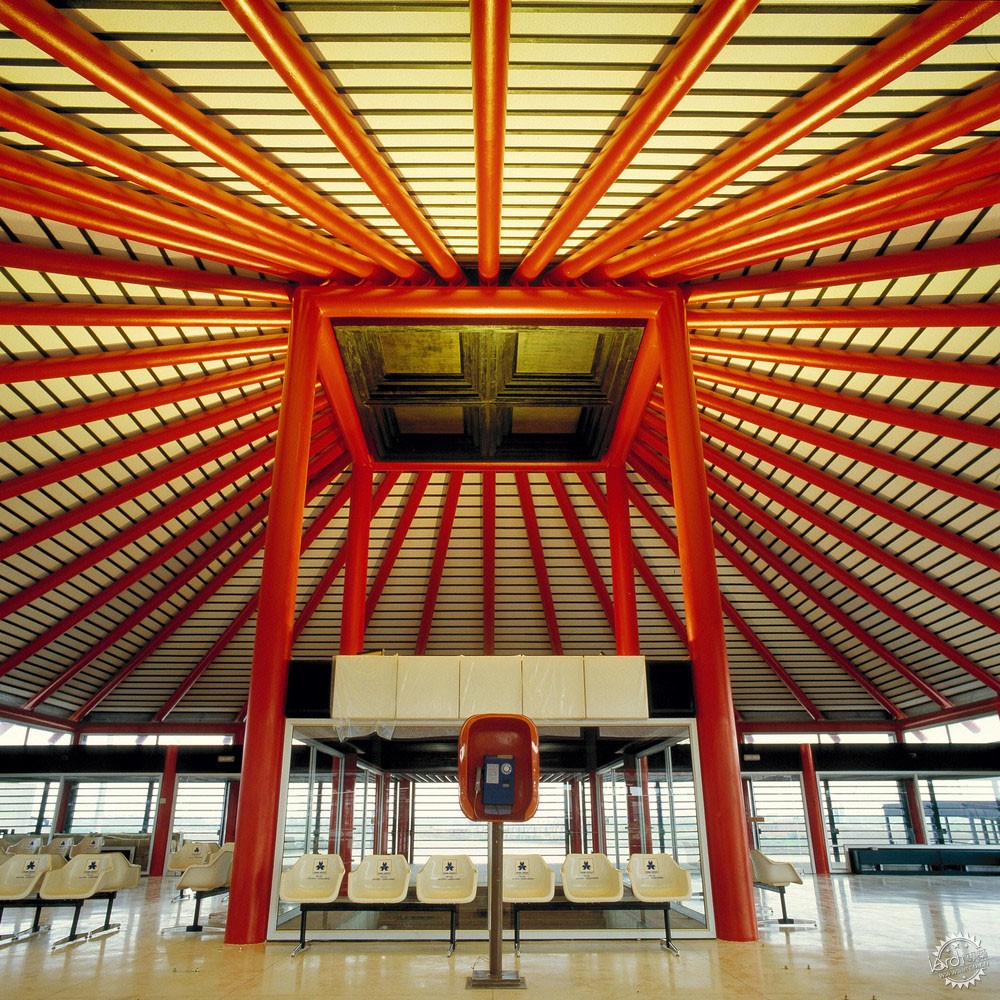
印度尼西亚,苏加诺哈达,雅加达新机场,1977-1985/New airport of Jakarta, Sukarno-Hatta, Indonesia, 1977-1985. Image © Labo ADP
VB:在机场项目中建筑师同样也是规划师和工程师这一现象是否普遍存在?我理解这会给你充足的自由去提供某个富有诗意的理念并且就功能和结构做出必要的解释。在你其中的一次访谈中,你说建筑对你来说就像一个秘密,因为你不愿意和你的客户讨论它,是这样吗?
PA:是的。当你和人们讨论富有诗意的理念时他们会感到害怕。我指的是客户和决策者。他们同样也不喜欢听到疑问。但是你不得不提出疑问,如果你没有,那你真的是一个白痴。有一次,我在这里进行第一航站楼和其他的项目,我想保持我这种风格,所有我记得当我和中东的一个客户讨论时,我表达了我的疑问,说道:“我们应该这样或者那样去做,但是我也不是非常确定......”所以,接下来,我知道我的合同被取消了。(笑)你的疑问应当成为你自己的秘密。你应当在你来解决问题的时候再说话。在某种程度上,当你解释你的方案的时候,你总是在撒谎......
VB: Is it unusual for an architect to also be a planner and engineer for airport projects? I understand that this gave you a lot of freedom to bring certain poetic ideas and explain them as necessary functionally and structurally. You said in one of your interviews that architecture was like a secret to you because you would avoid talking about it to your clients, is that right?
PA: Right. People are afraid when you talk about poetic ideas to them. I am talking about clients and decision makers. They also don’t like doubts. But you have to have doubts. If you don’t have any, you are stupid. Once I did Terminal 1 here and other projects I wanted to continue my experiments, so I remember talking to one client in the Middle East and I was expressing my doubts, saying “We could do it this way or that way. But I am not completely sure...” So next thing I knew my contract was canceled. You may have your doubts but perhaps it is wise to keep them to yourself. [Laughs.] Your doubts should be your own secret. You should only talk when you come to a solution. In a way, when you explain your project you always lie...
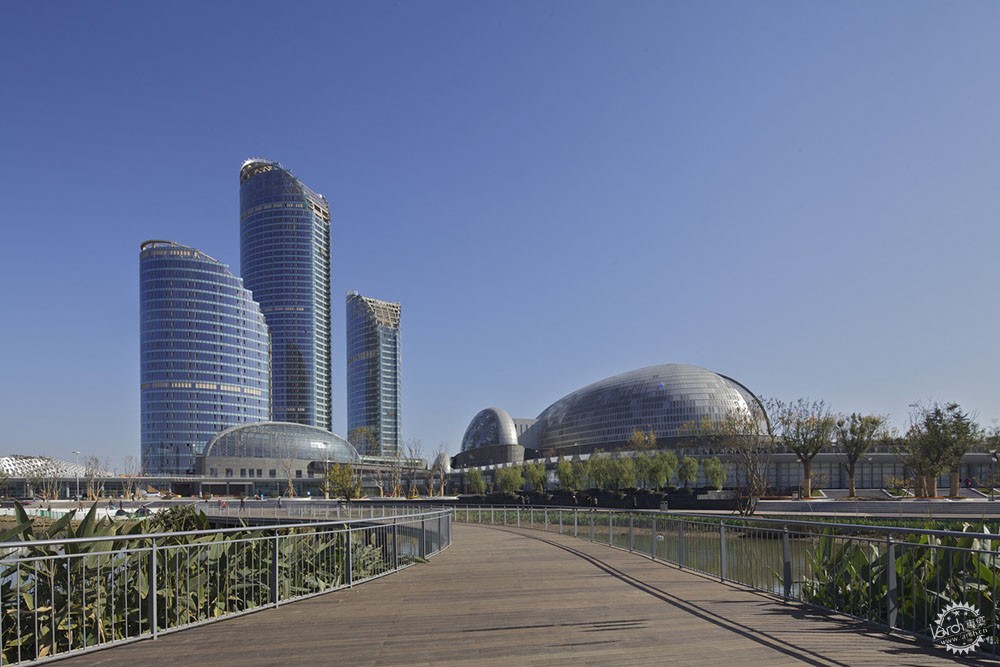
济南文化中心,2013 /Jinan Cultural Center, 2013. Image © Agence Paul Andreu
VB:在哪种程度上?
PA:因为你必须让自己听上去具有逻辑性。
VB:所有,设计过程并没有逻辑性可言。
PA:并不全是这样,有时候你会被问到——为什么你会这样或者那样做?说真的,我并不知道为什么我会那样做,或者我并没有一个合理的原因这样做。但是我不得不找到了一个好的令人信服的原因以使我能够回应这些问题。这就是为什么我不相信用计算机能够做出一个好的方案,因为计算机不会犯错误。但是有些时候,你做的一些似乎是错误的事情,它恰恰却是正确的。你可以表现的很真诚,并且你也许会在20年后因为做了那个决定而得到褒奖。但是此时此刻,不,不,不。你应该足够的谨慎。(笑)但是学会去质疑每一个字里行间这并没有错。你应该找寻你的信念。一旦你拥有了信念,接下来的一切都会顺利通过,并且你也会使每一个其他的人都对你深信不疑。
VB: In what way?
PA: Because you have to sound logical.
VB: And the design process is not logical.
PA: Not always. Sometimes you are asked—why did you do this or that? Well, I did it this way and I don’t know why or I don’t have a rational reason for it. But I have to find a good convincing reason so that I can respond to the question. That’s why I don’t believe in producing a good design with a computer because computers don’t make errors. But sometimes you do something that appears to be wrong and that happens to be the right thing. You can be honest and you may be applauded for making the decision 20 years later. But in the moment—no, no, no. You have to be careful. [Laughs]. But there is nothing wrong with a process in which every line is a doubt. You search for your conviction. Once you have it, it is all about following through and convincing everyone else.
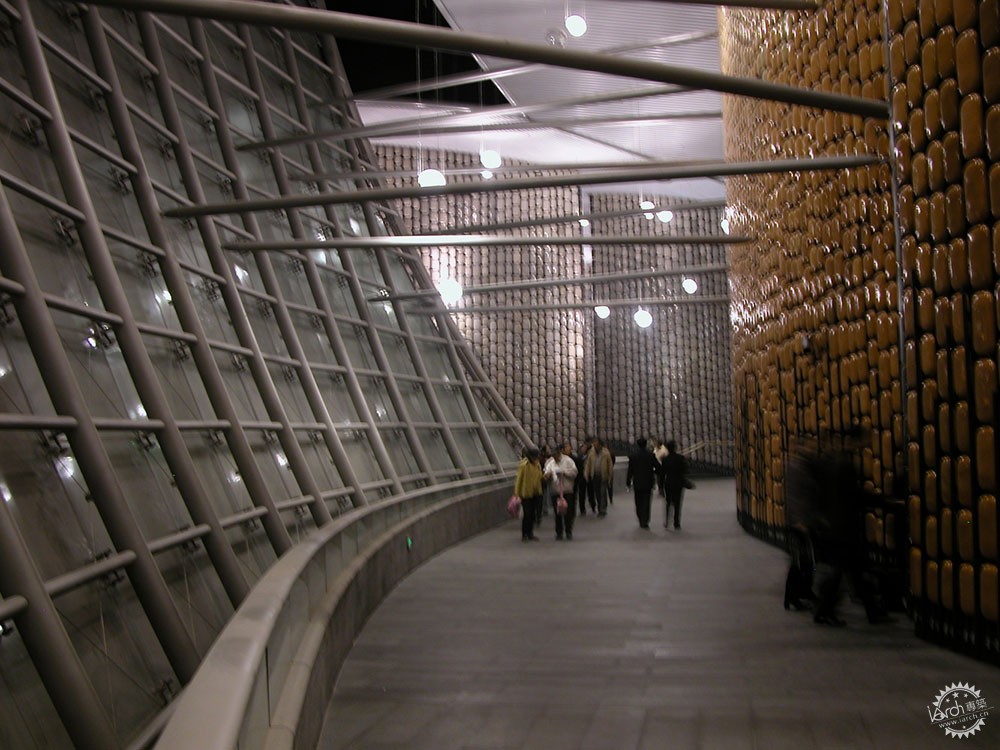
中国,上海东方艺术中心,2000-2004/Oriental Art Center in Shanghai, China, 2000-2004. Image © Agence Paul Andreu
VB:解决方案的出现往往是偶然之间产生的。
PA:是的,当然。你必须给偶然的发生留有一定的空间。你要把自己逼至角落。如果你只是不断地重复你自己的东西,你只会越走越远。
VB:当你讨论建筑的时候,你一再强调它不仅仅是构筑物;它是诗歌,是理想,是象征等等。当你在项目上工作的时候,你是否依赖特定的符号?你在哪里得到你的灵感?例如,你提到你的绘画。但是在你的绘画和建筑之间并没有直接的联系,对吗?
PA:我阅读书籍,阅读诗歌,听音乐,画画......我通过所有的这些汲取营养;我能够看清每一个方向。这是获取灵感进程中的一部分。但是它们之间并没有直接的联系,就像我们所吃的和我们所思考的之间没有直接的联系一样。这是一种化学反应和神秘感。但是你能从中获取能量并且做任何事情。我应该也说过我的灵感和项目之间每时每刻都有着直接的关联,这么说是错误的。在你的头脑中还存在着某种转化。我不能告诉你这些想法是哪里来的。但是,这就体现出绘图的重要性。如果我不动手去画,我将不会有任何灵感。答案的关键在于做。在你的头脑,眼睛,思维,绘图之间存在着某种循环;并且这非常的复杂,从来都不是直接了当。
VB: Solutions often come by chance.
PA: Yes, of course. You must leave space for chance. You have to push yourself in the corner. If you don’t do that you just repeat yourself. You want to go far.
VB: When you talk about architecture, you underline that it is more than mere construction; it is poetry, dreams, symbolism, etc. Do you ever rely on specific symbols when you work on your projects? Where do you derive your inspirations? For example, you mentioned your paintings. But there is no direct link between your paintings and architecture, right?
PA: I read books, read poetry, listen to music, paint... I am fed by all of this; I look in every direction. That’s part of the process. But there is no direct link just like there is no direct link between what we eat and what we think. There is this chemistry and mystery. But you get your energy and you can do anything. I should also say that every time there is a direct link between my inspiration and project, the result is wrong. There has to be a transformation inside of you. I can’t tell you where the ideas come from. But what is essential is drawing. If I don’t draw, I have no idea. The answer is in doing. There is a kind of loop between your brain, eye, thinking, drawing, hand; and it is very complex, never direct.
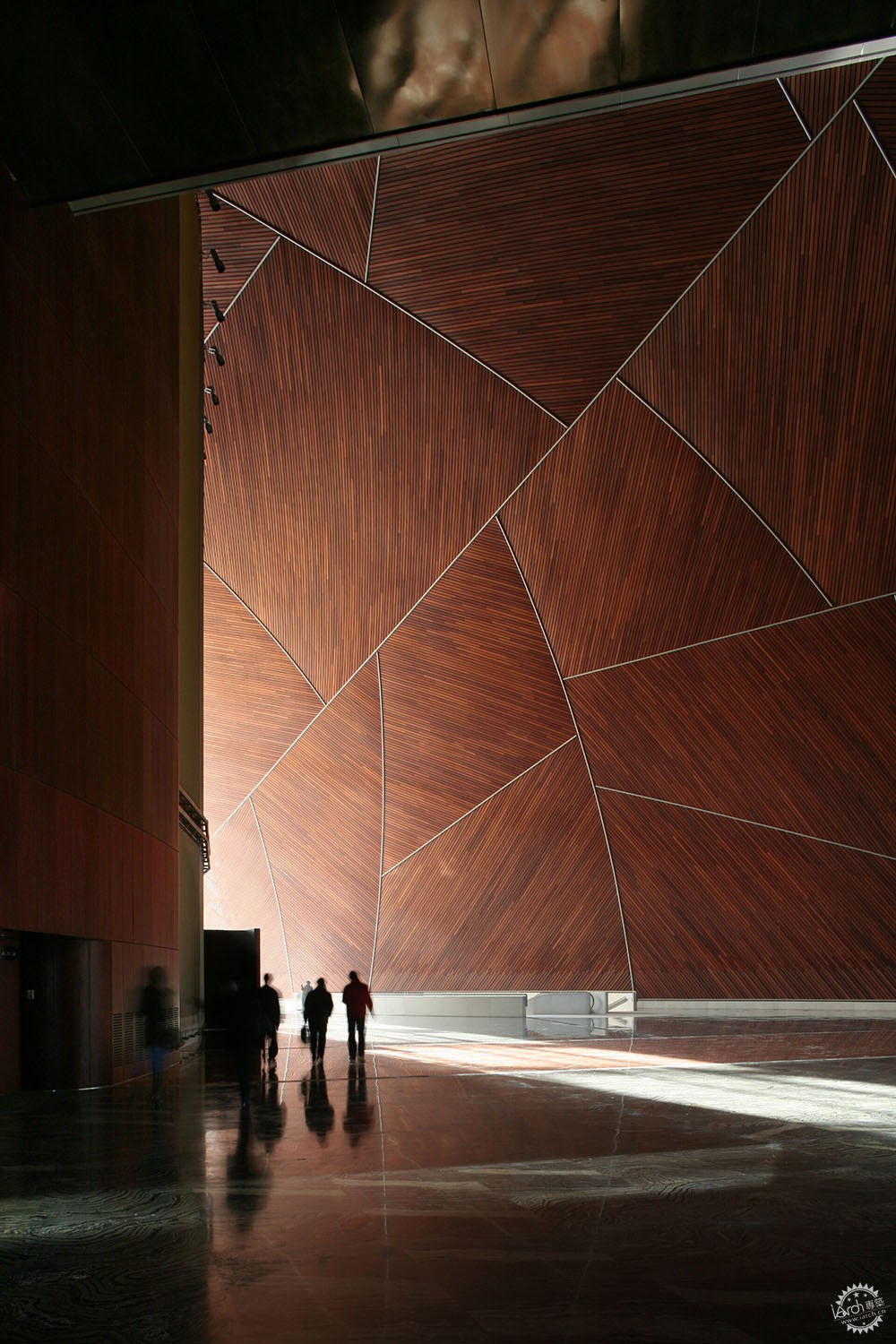
中国,北京,国家大剧院,1999-2007/National Centre for the Performing Arts (Opéra de Pékin), Beijing, China, 1999-2007. Image © Paul Maurer
VB:你如何想象未来的飞机场?
PA:我从来不去想。
VB:因为它们总是在变化?
PA:或者,他们改变的已经足够多了。(笑)
VB: How do you imagine airports in the future?
PA: I don’t.
VB: Because they change all the time.
PA: Or they don’t change enough. [Laughs.]
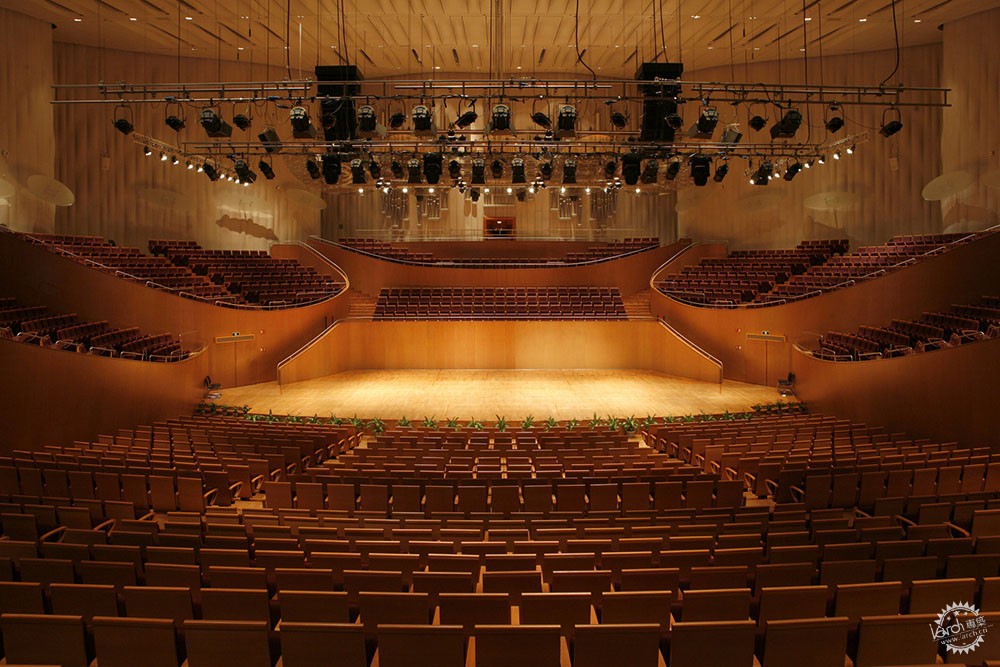
中国,上海东方艺术中心,2000-2004/Oriental Art Center in Shanghai, China, 2000-2004. Image © Agence Paul Andreu
VLADIMIR BELOGOLOVSKY是纽约非盈利策展项目的创始人。
他在纽约的库伯联盟作为一名建筑师进行训练,他已经写了五本书,包括《与名人时代的建筑师对话》(DOM,2015),《Harry Seidler:一生的工作》(Rizzoli,2014)以及《苏联现代主义:1955-1985》(TATLIN,2010)。
他举办了众多的展览:Anthony Ames:阿根廷,拉普拉塔,Casa Curutchet的对象型景观(2015);Harry Seidler:绘画朝向建筑(从2012年开始世界巡回展);以及第11届威尼斯建筑双年展上俄罗斯馆的国际象棋比赛(2008)。Belogolovsky是柏林建筑杂志《SPEECH》的美国记者,并且他已经在20多个国家的大学和博物馆发表过演讲。
Belogolovsky的专栏“思想之城”向ArchDaily的读者介绍了他与来自世界各地最具创新性的最新的持续对话。
这些亲密的讨论是策展人即将举办的展览的一部分,它们都具有相同的标题,并且在2016年的7月在悉尼大学进行了首演。
“思想之城”的展览将前往世界各地的展馆以探索不断变化的内容和设计。
VLADIMIR BELOGOLOVSKY is the founder of the New York-based non-profit Curatorial Project.
Trained as an architect at Cooper Union in New York, he has written five books, including Conversations with Architects in the Age of Celebrity (DOM, 2015), Harry Seidler: LIFEWORK (Rizzoli, 2014), and Soviet Modernism: 1955-1985 (TATLIN, 2010).
Among his numerous exhibitions: Anthony Ames: Object-Type Landscapes at Casa Curutchet, La Plata, Argentina (2015); Colombia: Transformed (American Tour, 2013-15); Harry Seidler: Painting Toward Architecture (world tour since 2012); and Chess Game for Russian Pavilion at the 11th Venice Architecture Biennale (2008). Belogolovsky is the American correspondent for Berlin-based architectural journal SPEECH and he has lectured at universities and museums in more than 20 countries.
Belogolovsky’s column, City of Ideas, introduces ArchDaily’s readers to his latest and ongoing conversations with the most innovative architects from around the world.
These intimate discussions are a part of the curator’s upcoming exhibition with the same title which premiered at the University of Sydney in June 2016.
The City of Ideas exhibition will travel to venues around the world to explore ever-evolving content and design.
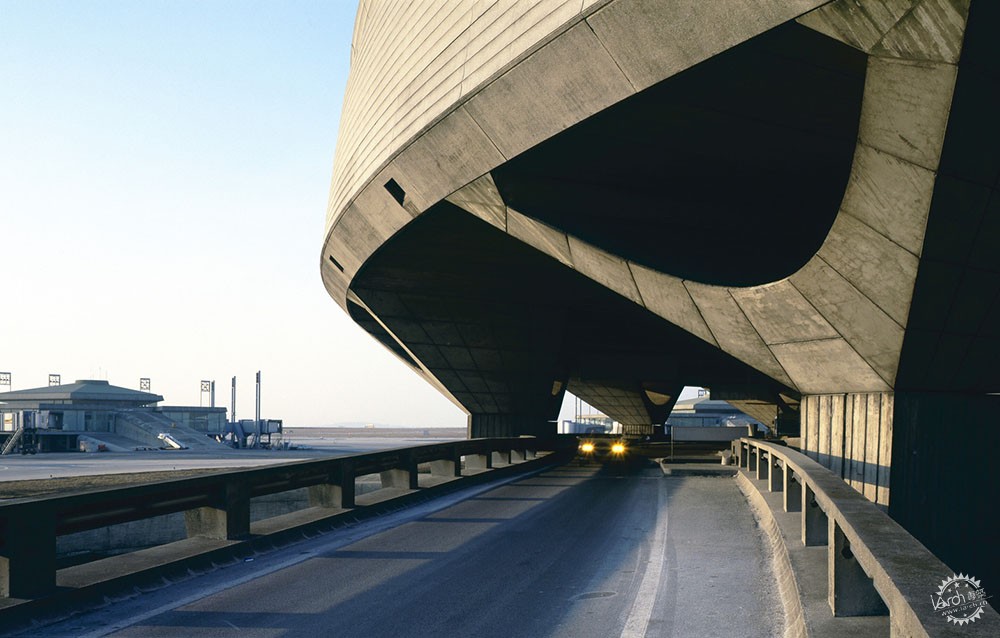
巴黎,查尔斯戴高乐机场 ,第一航站楼,19967-1974/Charles-de-Gaulle airport, Terminal 1, Paris, 1967-1974. Image © Paul Maurer
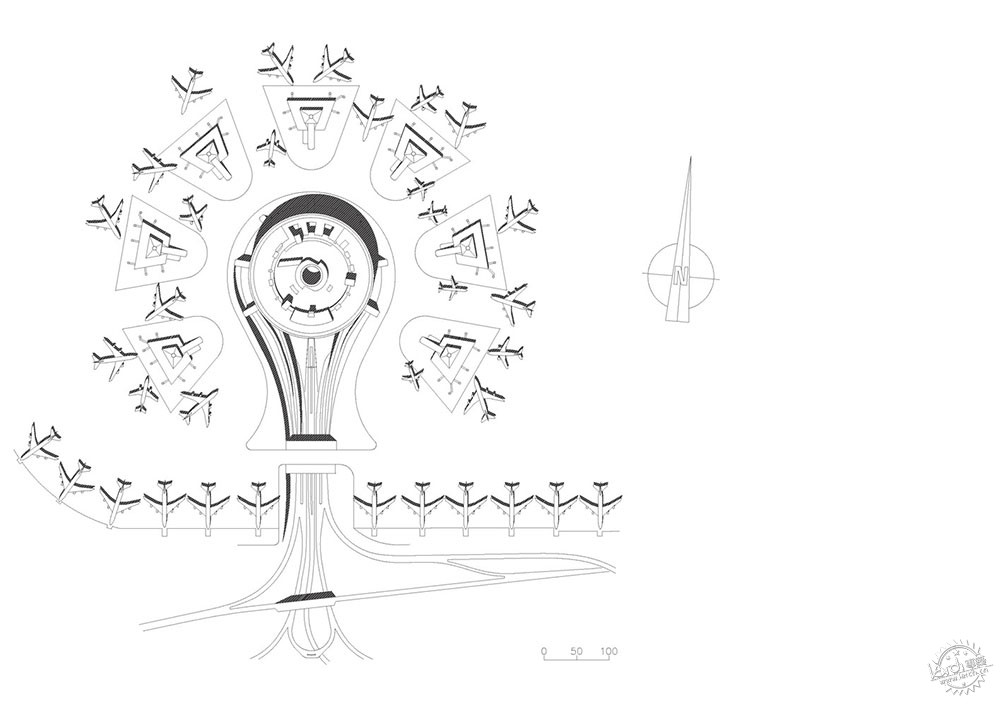
印度尼西亚,苏加诺哈达,雅加达新机场,1977-1985/New airport of Jakarta, Sukarno-Hatta, Indonesia, 1977-1985. Image © Labo ADP
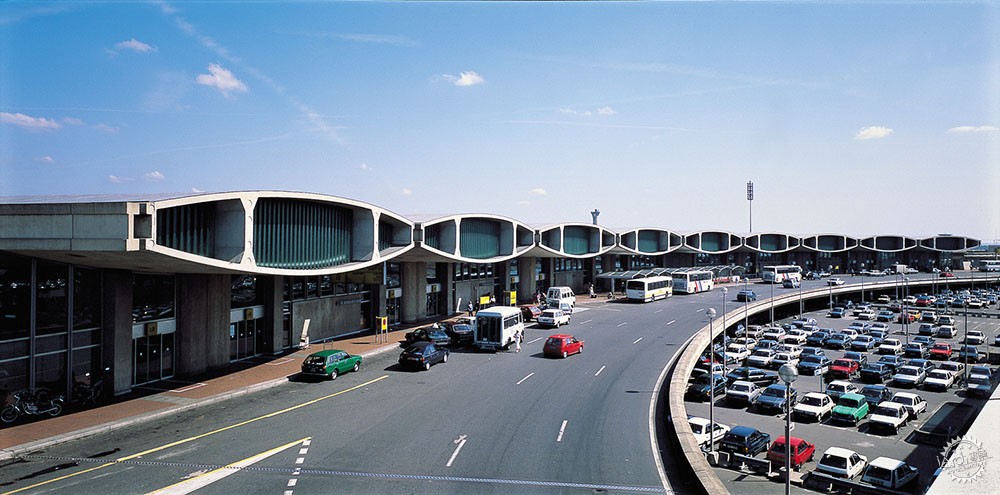
印度尼西亚,苏加诺哈达,雅加达新机场,1977-1985/New airport of Jakarta, Sukarno-Hatta, Indonesia, 1977-1985. Image © Labo ADP

印度尼西亚,苏加诺哈达,雅加达新机场,1977-1985/New airport of Jakarta, Sukarno-Hatta, Indonesia, 1977-1985. Image © Labo ADP
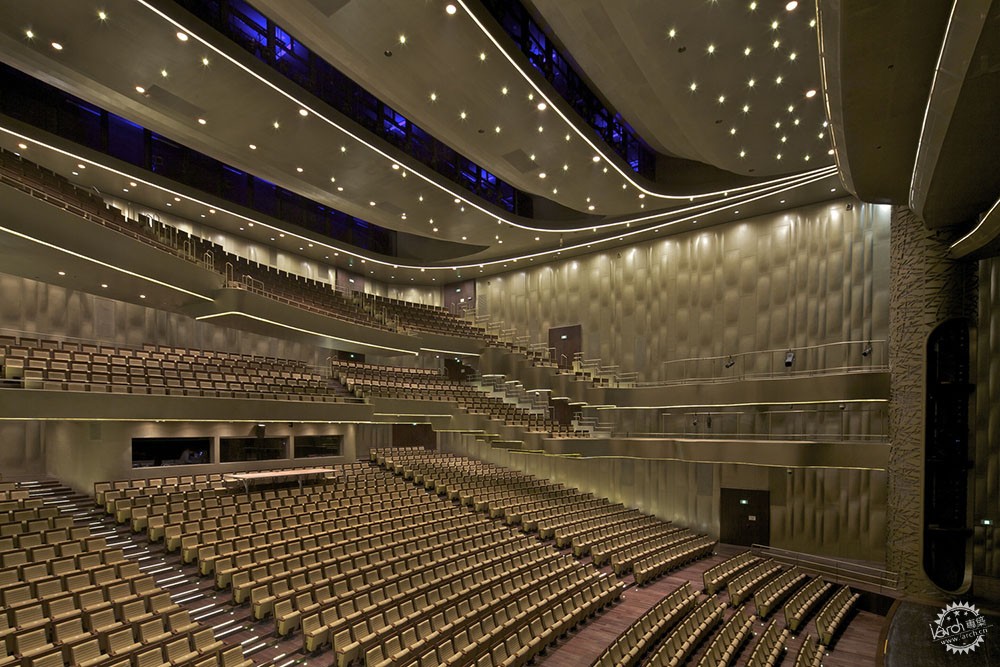
济南文化中心,2013 /Jinan Cultural Center, 2013. Image © Agence Paul Andreu
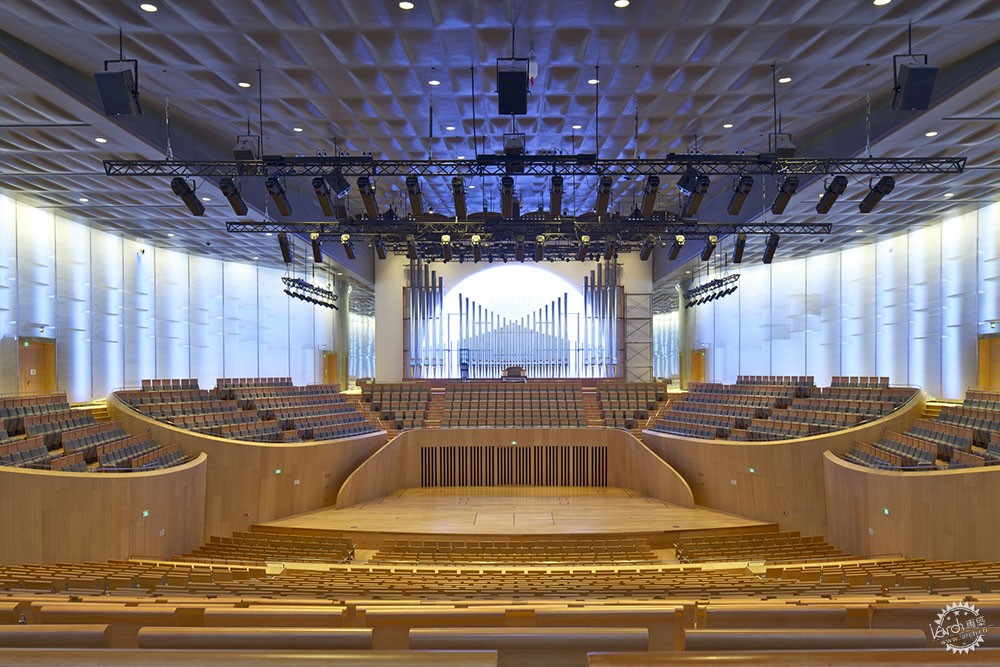
济南文化中心,2013 /Jinan Cultural Center, 2013. Image © Agence Paul Andreu
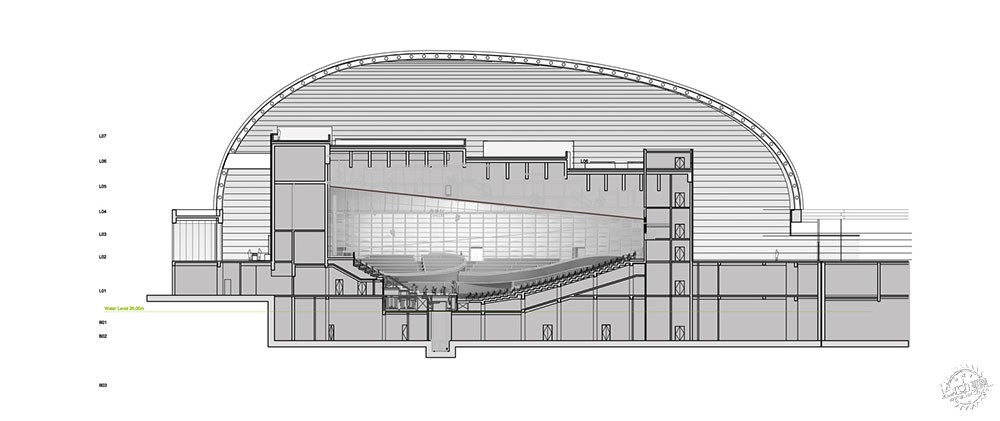
济南文化中心,2013 /Jinan Cultural Center, 2013. Image © Agence Paul Andreu
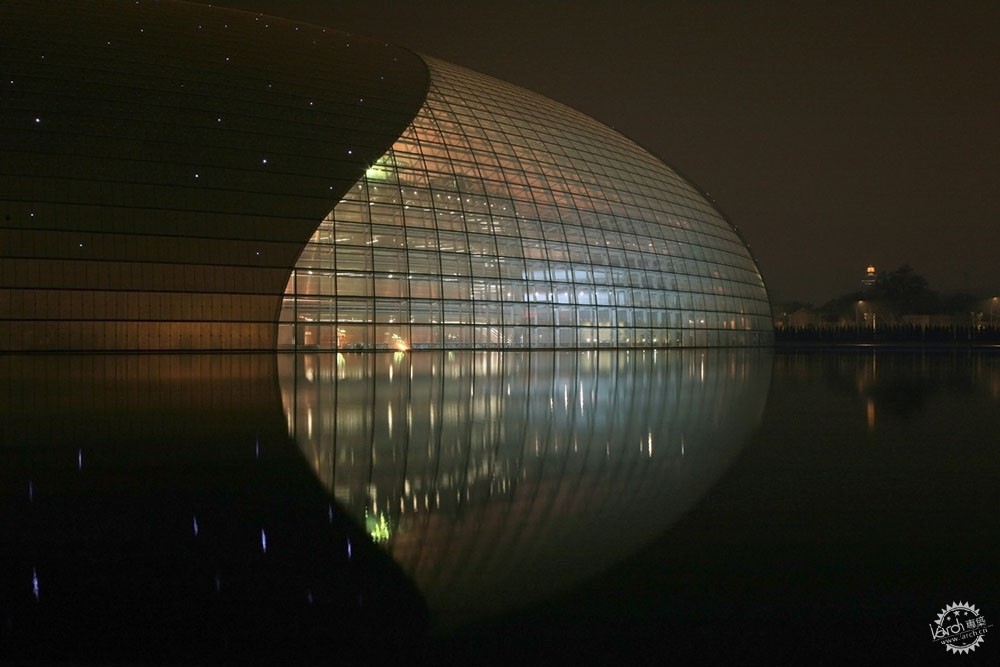
中国,北京,国家大剧院,1999-2007/National Centre for the Performing Arts (Opéra de Pékin), Beijing, China, 1999-2007. Image © Paul Maurer
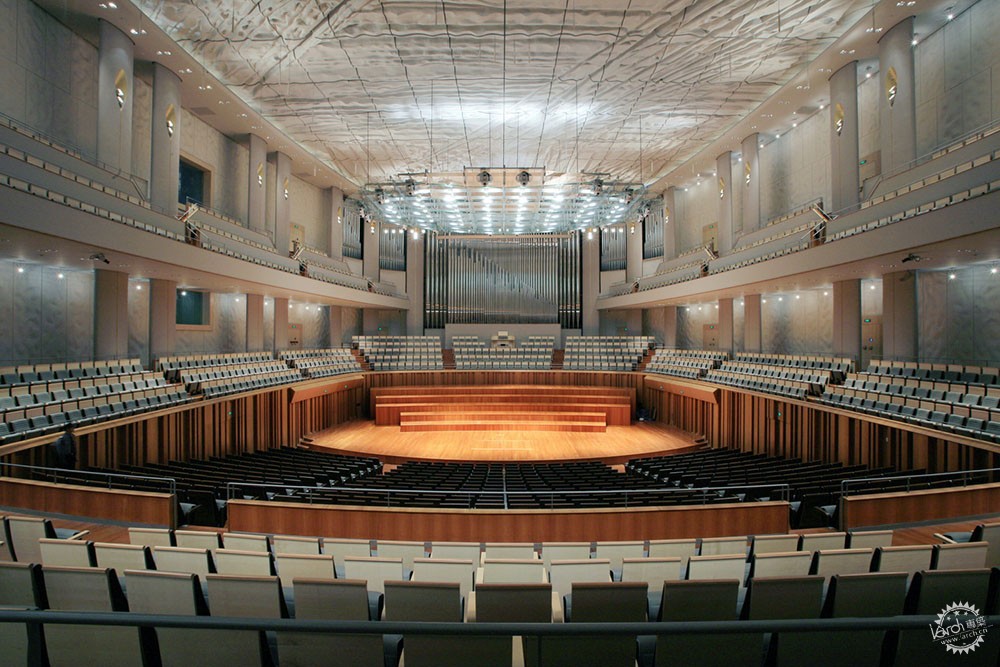
中国,北京,国家大剧院,1999-2007/National Centre for the Performing Arts (Opéra de Pékin), Beijing, China, 1999-2007. Image © Paul Maurer
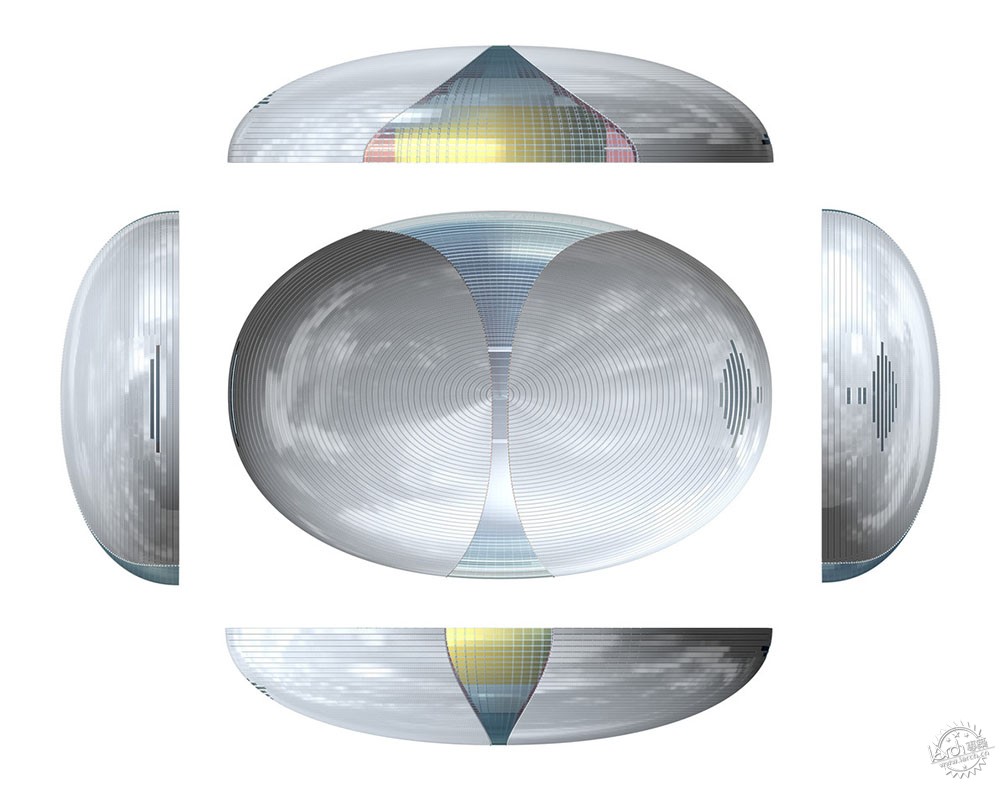
中国,北京,国家大剧院,1999-2007/National Centre for the Performing Arts (Opéra de Pékin), Beijing, China, 1999-2007. Image © Paul Maurer
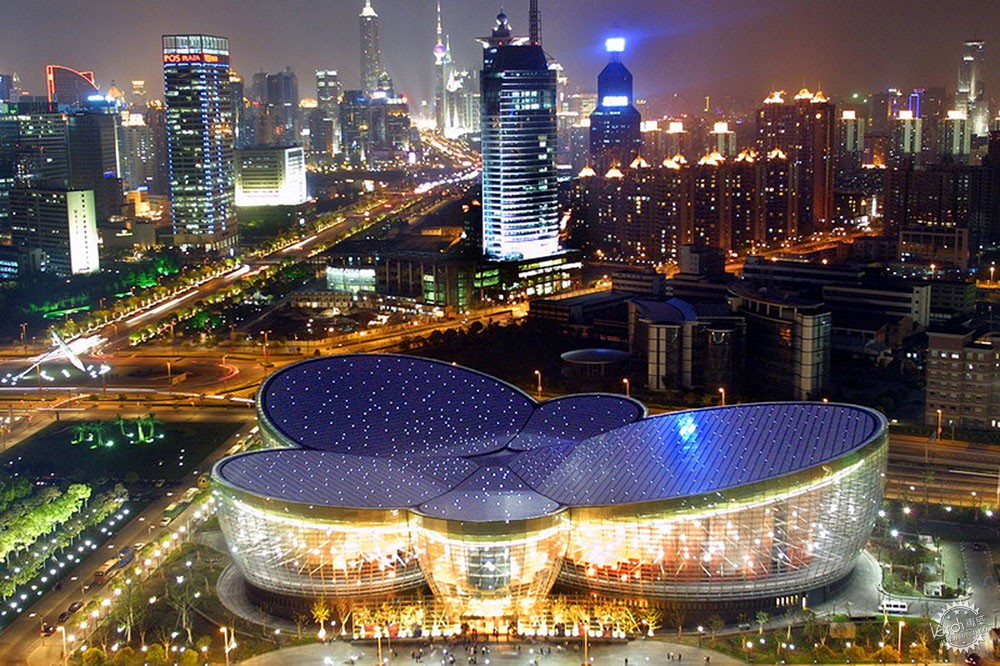
中国,上海东方艺术中心,2000-2004/Oriental Art Center in Shanghai, China, 2000-2004. Image © Agence Paul Andreu
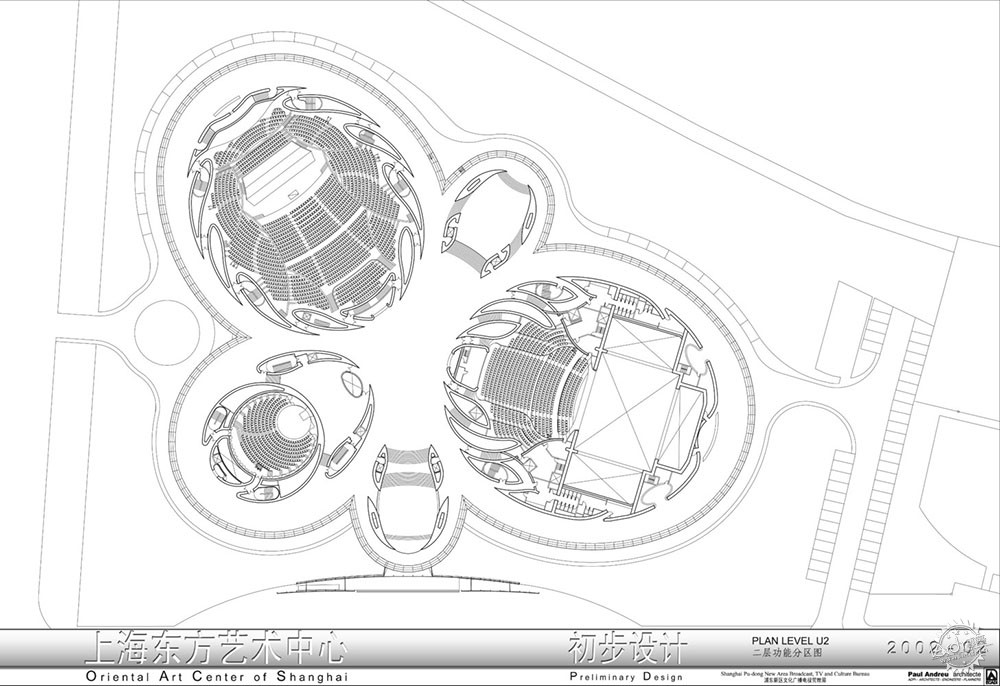
中国,上海东方艺术中心,2000-2004/Oriental Art Center in Shanghai, China, 2000-2004. Image © Agence Paul Andreu
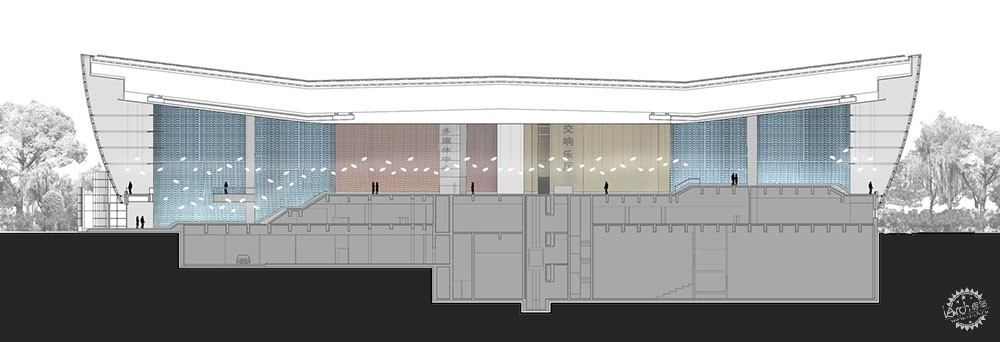
中国,上海东方艺术中心,2000-2004/Oriental Art Center in Shanghai, China, 2000-2004. Image © Agence Paul Andreu
出处:本文译自www.archdaily.com/,转载请注明出处。
|
|
